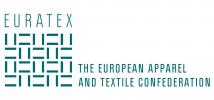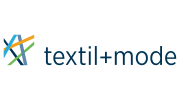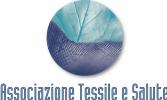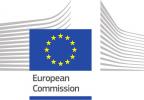Every year, about 28 billions of garments circulate across Europe, 80% of which are imported from outside the EU and its jurisdiction. Inevitably, such huge volumes are a challenge for market surveillance authorities who have to ensure that non-compliant dangerous products are kept away from EU citizens.
The European Union has the world's most comprehensive chemical legislation to protect consumers, the environment and, theoretically, the competitiveness of responsible companies.
The EU chemical legislation is constantly evolving, widening its scope and ambition. New restrictions imply new legal obligations and additional costs for authorities and sectors such as the European textile value chain.
However, this advanced regulatory framework is not supported by an equally advanced or effective EU-wide control system capable of ensuring compliance especially in the case of imported products.
Project results
6 November 2023 - the final results of the REACH4Textiles project are presented at the nineteenth EU Product Compliance Network.
More information

A well-functioning EU market surveillance system is an essential prerequisite to protect citizens, the environment and the competitiveness of responsible businesses. A strong collaboration between authorities, the textile and clothing industry and testing laboratories is urgently needed to address this issue.
Companies producing and distributing textile goods in Europe need to comply with the REACH regulation.
This requires a considerable effort in chemicals testing, management, research and innovation to replace certain chemicals with less harmful ones, to change, adapt or simply chose a different production technology.
Responsible companies producing or selling textile and clothing products in the European market make sure that their products comply with chemicals limit values set in REACH regulations. However, if REACH-uncompliant products are placed in the market, there is statistically a very small chance to identify those products.
Challenges may include a lack of resources, difficulties in identifying and testing higher risk products, cost and management of chemical tests, lack of test methods and knowledge of best practices. These challenges are likely to increase with new REACH restrictions which are about to enter the market and with the expansion of e-commerce.
The purpose of the EU REACH Regulation is to “ensure a high level of protection of human health and the environment, including the promotion of alternative methods for assessment of hazards of substances, as well as the free circulation of substances on the internal market while enhancing competitiveness and innovation”
Objectives
The REACH4texiles project aims at exploring solutions for a fair and effective market surveillance on textile products by pooling together the key actors to address three objectives:
- Keep non-compliant products away from the single market
- Increase skills and knowledge
- support a Network addressing chemicals in textiles and applying the EU regulation 2019/1020
The 2 years project will share best practices, identify efficient approaches against non-compliant products, offer training and support for a more effective surveillance and for level playing field. The project welcome collaboration with concerned authorities across the EU Member States.
The REACH4Textiles first objective (keep non-compliant products away from the EU Market) will be pursued by increasing knowledge on market surveillance functioning by and working on a risk-based approach to identify products at higher risk.
The second objective supports a network to address the specificities of chemicals in textiles with market surveillance authorities and involving other relevant stakeholders.
The third objective focuses on sharing knowledge with market surveillance actors on textile products, risk-based approach in textile samples and suitable test methods.










